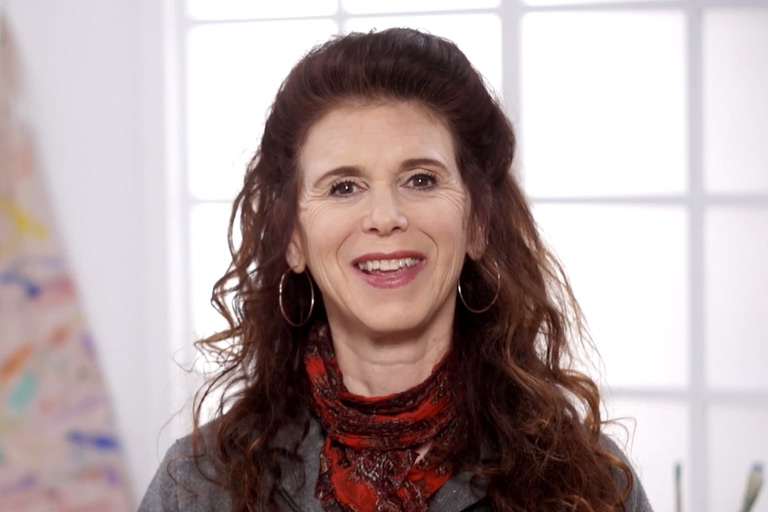
Choosing Palettes and Setting Out Colors
Nina WeissWhat should you consider when selecting a palette? Palettes serve not only to arrange your colors but also as a surface for mixing. It's important to have enough space to mix your colors, especially when you prefer mixing on the palette rather than directly on the canvas. The color of the palette matters as well, as it helps you see the true color you're mixing. Nina favors a white palette, although some artists opt for a neutral gray.
Wooden palettes are common but can be difficult to clean. Plastic palettes are similarly hard to clean, especially after using acrylic paints, making them less ideal. Coated masonite palettes are a good choice, as they are easy to hold while painting. Paper pad palettes, which you dispose of after use, are another option, and freezer paper offers a more affordable alternative.
Enameled trays are excellent for their large size and ease of cleaning, but they can be heavy and less convenient for holding while painting. Tempered glass palettes are also a great choice because they provide a large area for mixing and are easy to clean with a scraper. However, they are heavy, so they require a tabletop to rest on.
When organizing your palette, it’s important to lay out your colors around the edge, leaving ample space for mixing in the center. Nina organizes her colors from light to dark and uses a limited palette with warm and cool primary colors: white, yellow, red, and blue. This allows her to mix her colors efficiently in the center of the palette.
Ultimately, when choosing a palette, Nina looks for options that offer easy cleanup, a white surface, and plenty of room to mix.
